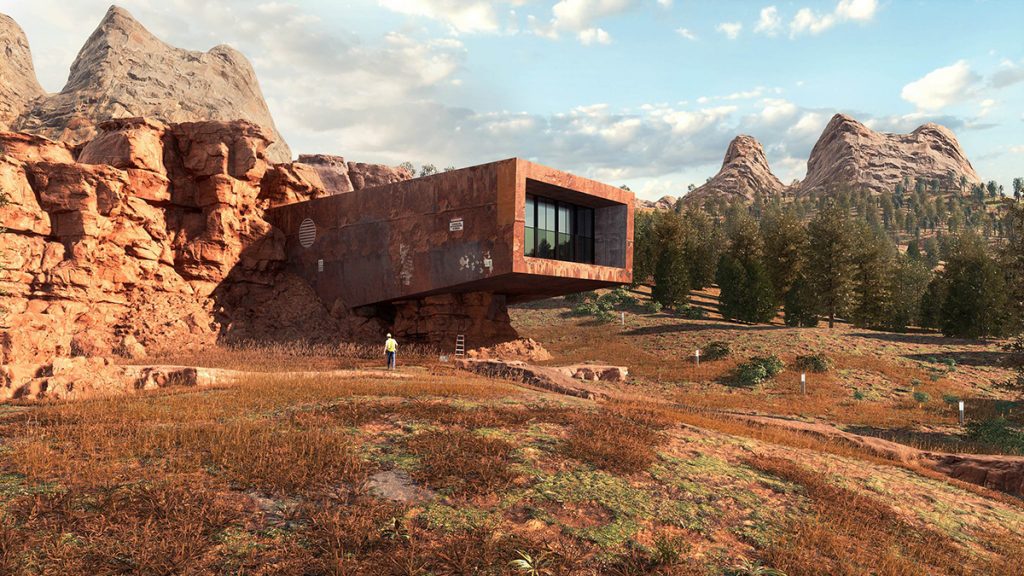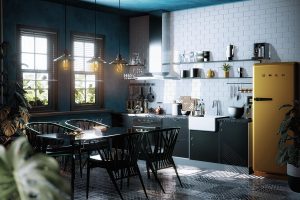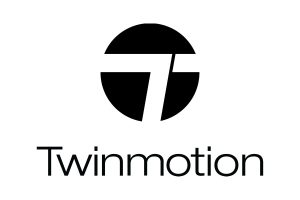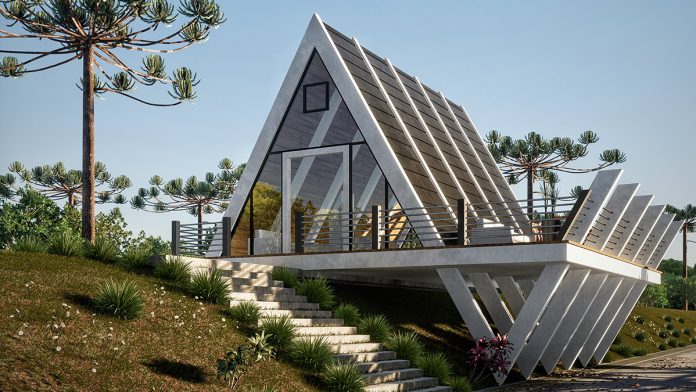In the AEC industry, going from idea to bricks-and-mortar can be difficult – especially when trying to extrapolate real-life conditions from a BIM model
While BIM and CAD models provide detailed data, they’re still removed from life on the ground. In the real world, anything from the shadows a building casts to how a landscape reacts to weather will influence design. The problem is how do you address the variables upfront so they don’t cause issues down the line?
That’s where Twinmotion comes in. Developed by Epic Games, the architectural visualisation tool enables anyone to preview how their ideas will look in a photorealistic, real-time environment. That means design details can be ironed out in the planning process, helping to avoid costly last-minute changes on site.
For those worried about a steep learning curve, it only takes an afternoon to get up to speed with Twinmotion, meaning you can go from BIM to photoreal in about an hour. After that, any design changes can be made in real time, without sacrificing the quality of the final image. That also means no more waiting for renders. You’ll have near-instant visual feedback on how a design will look with thousands of objects, materials, weather types and sounds that can be dropped into a scene in seconds.

Wondering how to get started?
Read on to discover the five AEC projects we think will benefit the most from this technology.
-
Architectural projects
No one likes waiting. Using Twinmotion, architects can test ideas faster, with tech that fundamentally changes the review process, opening up the type of on-the-fly feedback that keeps projects moving.
To start, architects simply open up their favourite BIM software and send their designs to Twinmotion. Data from Archicad, Revit, SketchUp Pro, RIKCAD and Rhino and Vectorworks can be synced directly to Twinmotion in minutes – all from a couple of clicks.
And if a visualisation needs even more interactivity, it can be brought into Unreal Engine, removing the classic dead end associated with traditional pipelines. Construction teams can even use this method to integrate live data from the site to help assess real-time traffic and pedestrian footfall around the building.

-
Interior spaces
Interior design can change everything about a space, easily evoking feelings of luxury or safety depending on the design choices. With Twinmotion, teams have the freedom to explore ideas in seconds, using furniture, decals, plants and more from the world’s largest library of 3D scans, Quixel Megascans.
With physically-based lighting, built-in global illumination and over 600 photorealistic materials, real-time scenes can now look as good as the final renders.
-
Landscaping designs
Landscaping projects can provide incredibly compelling real-time visualisations too – particularly when paired with VR. For Europe’s largest gardening project, the University of Salford’s THINKlab used Twinmotion to create landscapes that could be explored virtually, as if the client was actually there. Clients could see grasses swaying, hear birds singing and experience how the garden changed throughout the seasons – enabling designs to be perfected before the first seed was planted.
Using Twinmotion’s Smart Assets, users can also automate the movement of natural elements (like foliage and trees) in a believable way, without extra effort or animation experience. The Growth slider can also be used to make long-term planning choices about the grounds, as you can instantly preview how trees will mature over time.
-
Urban planning projects
Urban planning projects are getting bigger and bolder every year. With Twinmotion, you can easily explore different ideas by blocking out your project – no matter how ambitious it is – in “white box” mode. Creating a path takes just two clicks – and filling it with moving cars and pedestrians is just as easy. You can even use simple sliders to cycle through seasons and weather.
This can be accomplished live or via Twinmotion Cloud, which enables teams to upload client presentations and share them via URL with stakeholders anywhere in the world – no heavy machinery required.
-
Out-of-the-box concepts
What will future space resorts look like? What kinds of greenhouses will they need? Will the bedrooms feel like those at home? You get to decide. No one knows what the future may hold, but with Twinmotion, you can start working on it today.
Want to learn more? Head to twinmotion.com to explore all of Twinmotion’s features and try the latest version for free on non-commercial projects – no strings attached.

Twinmotion
Please note: this is a commerical profile.














